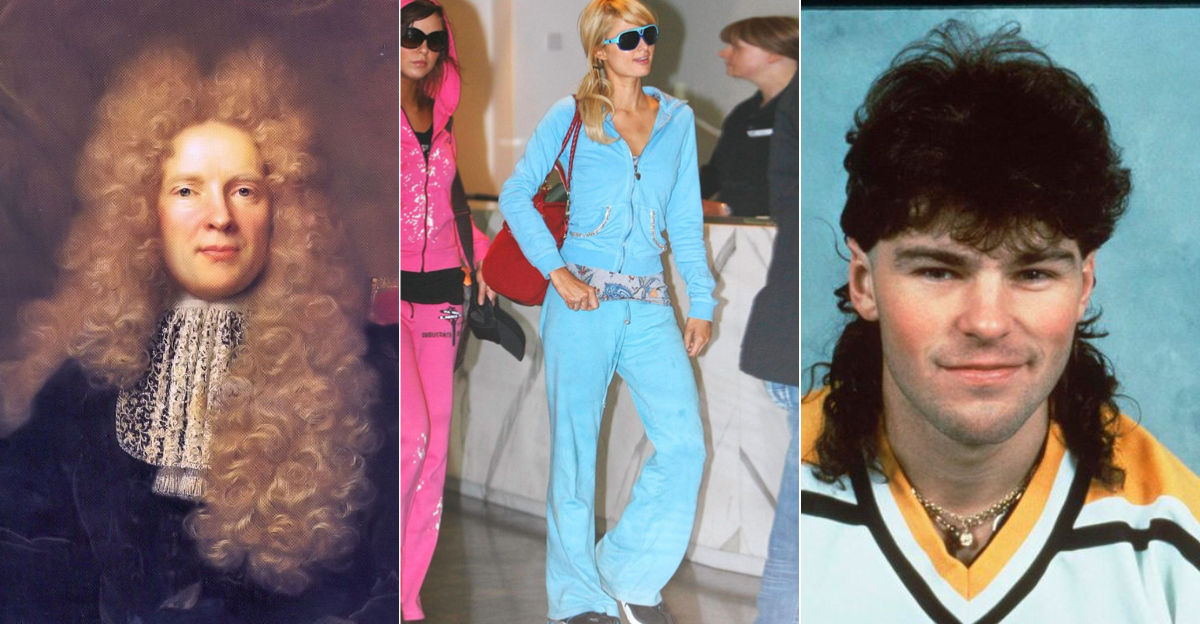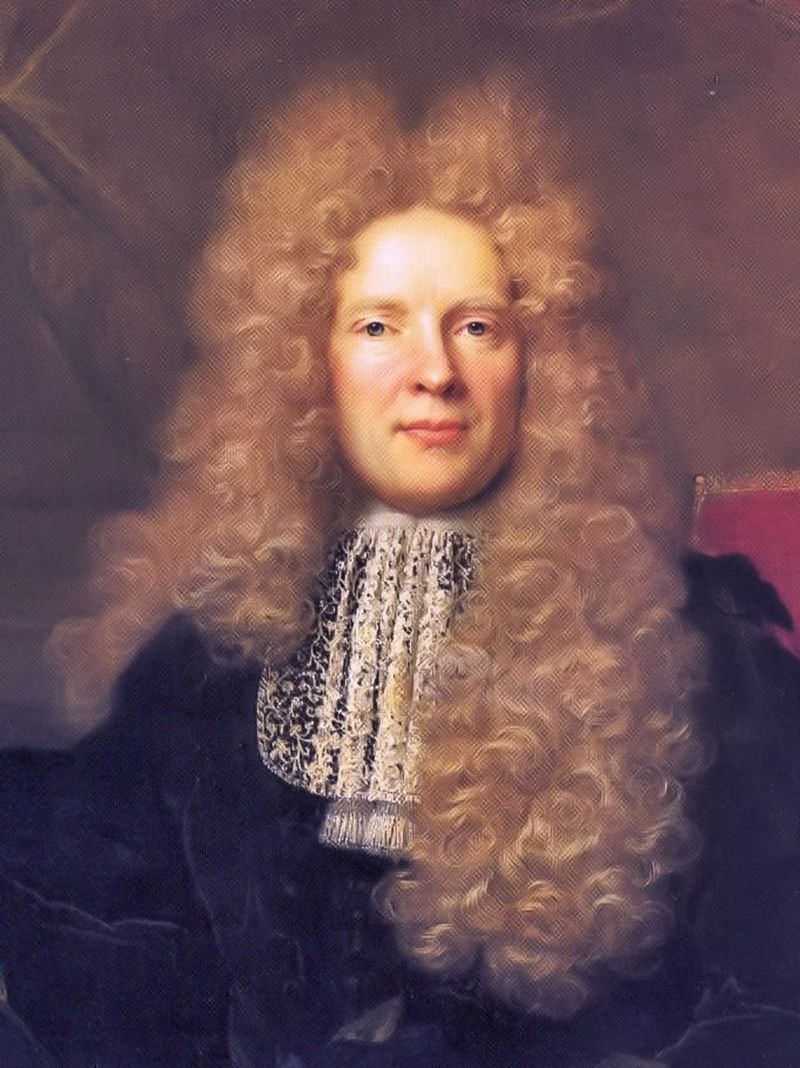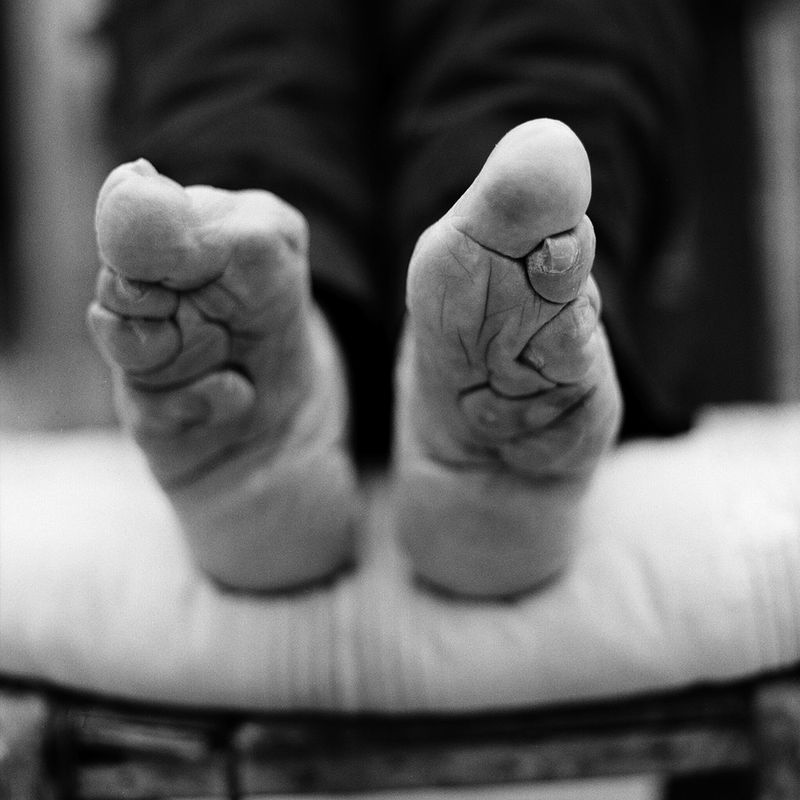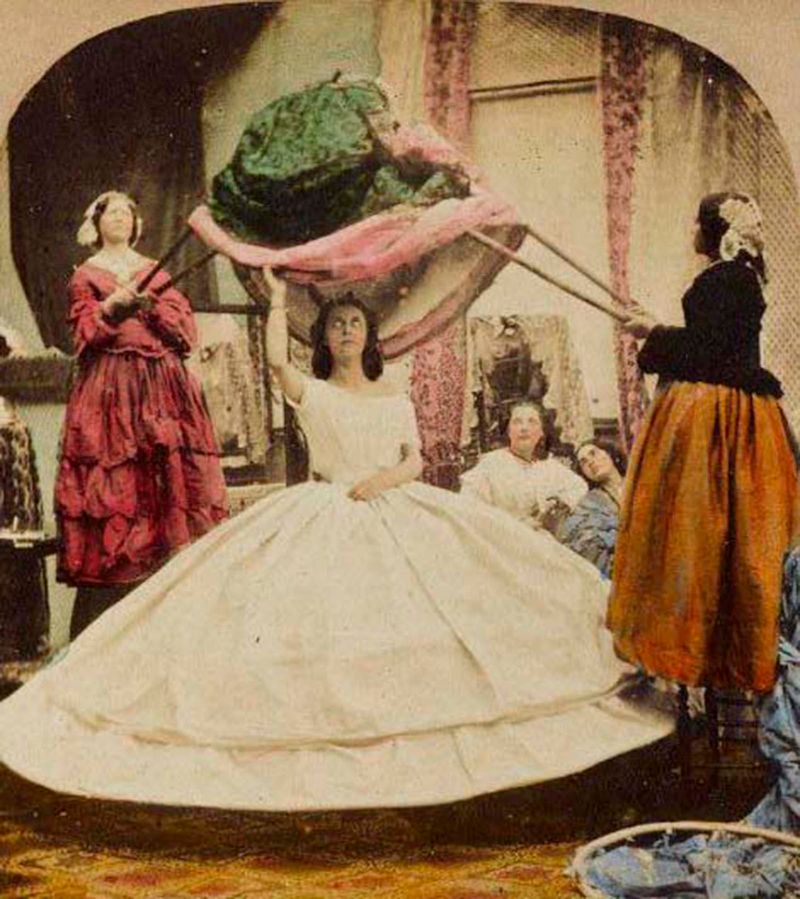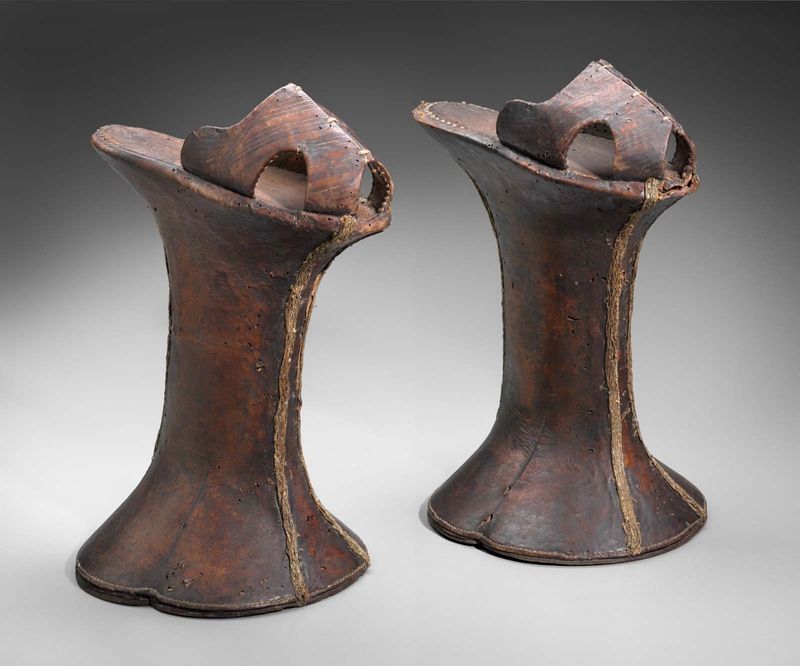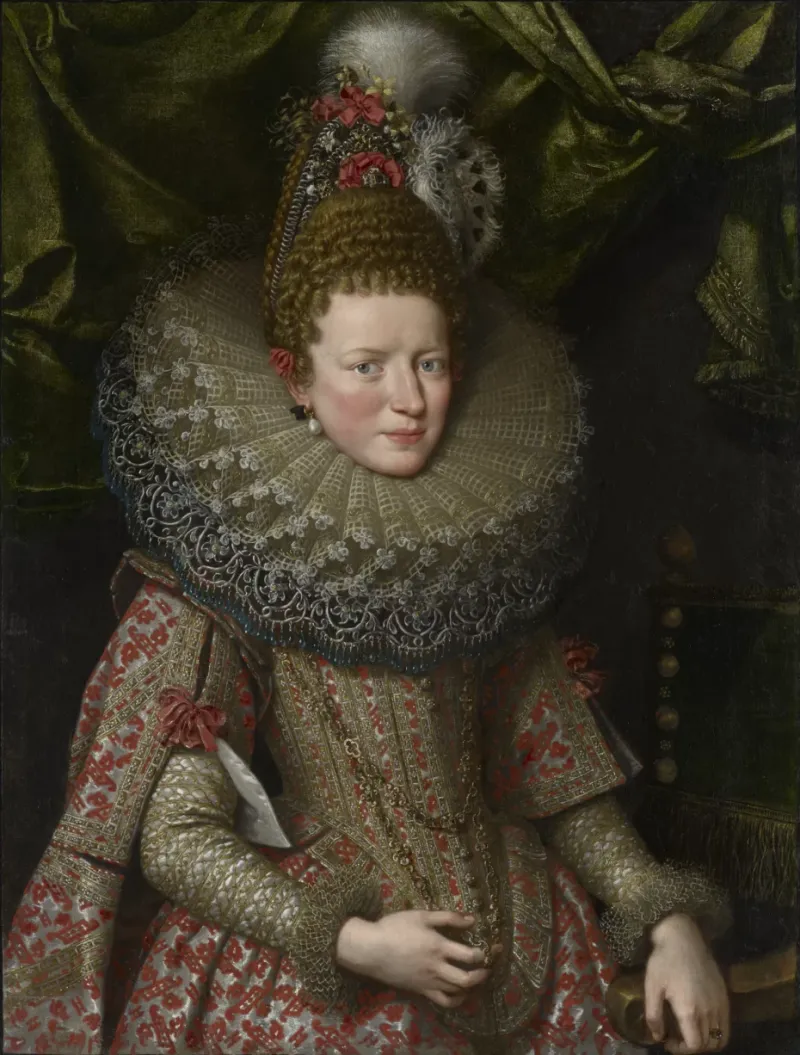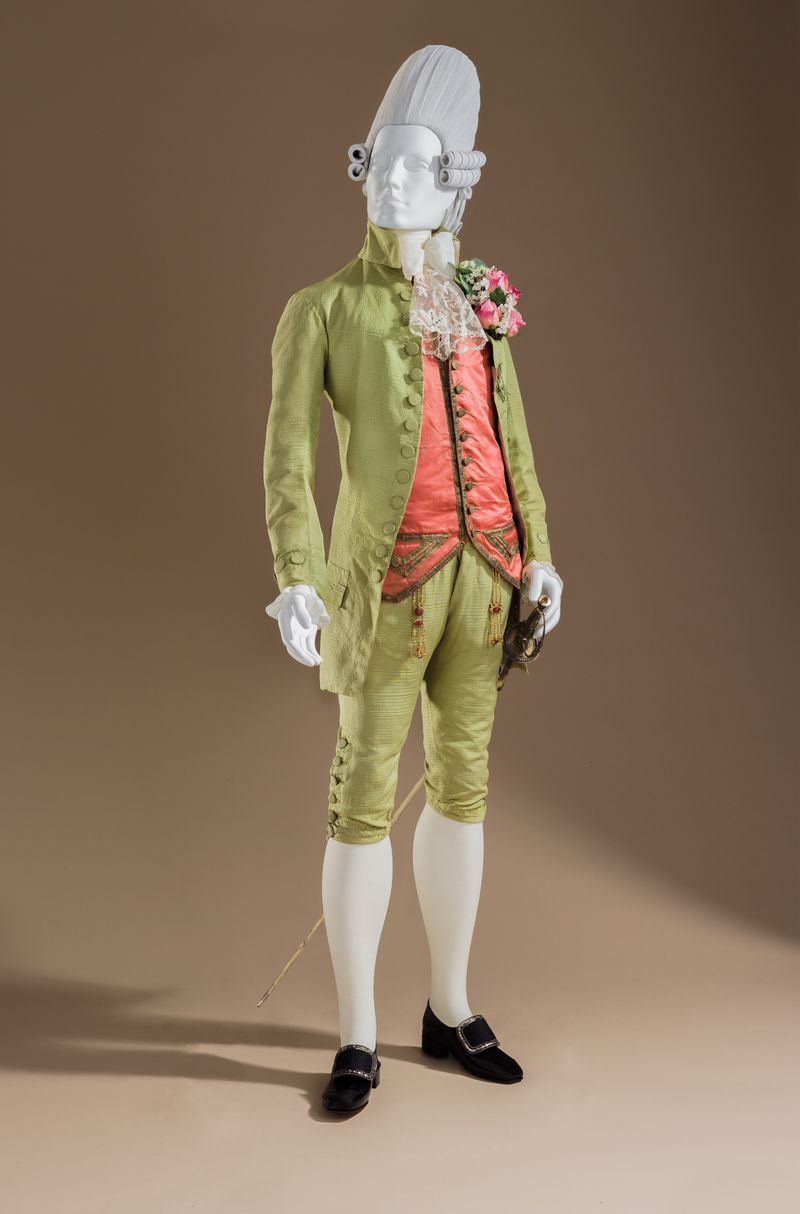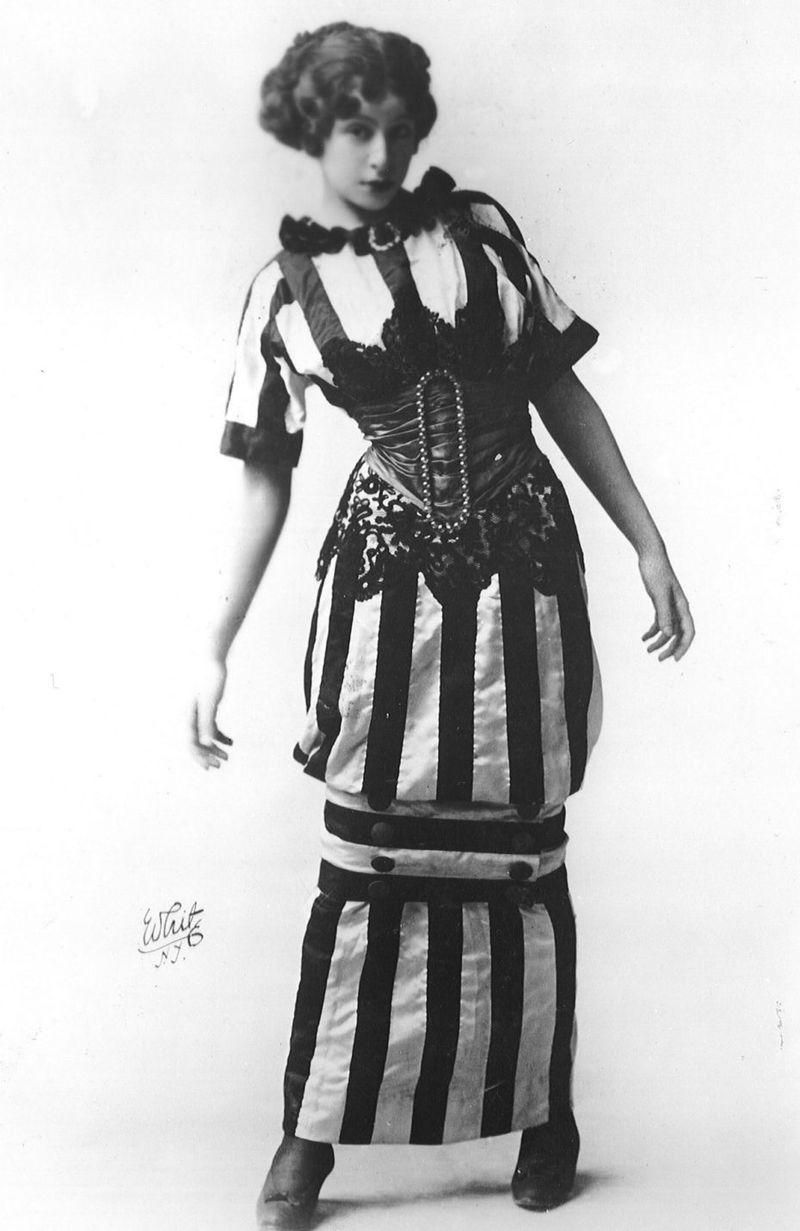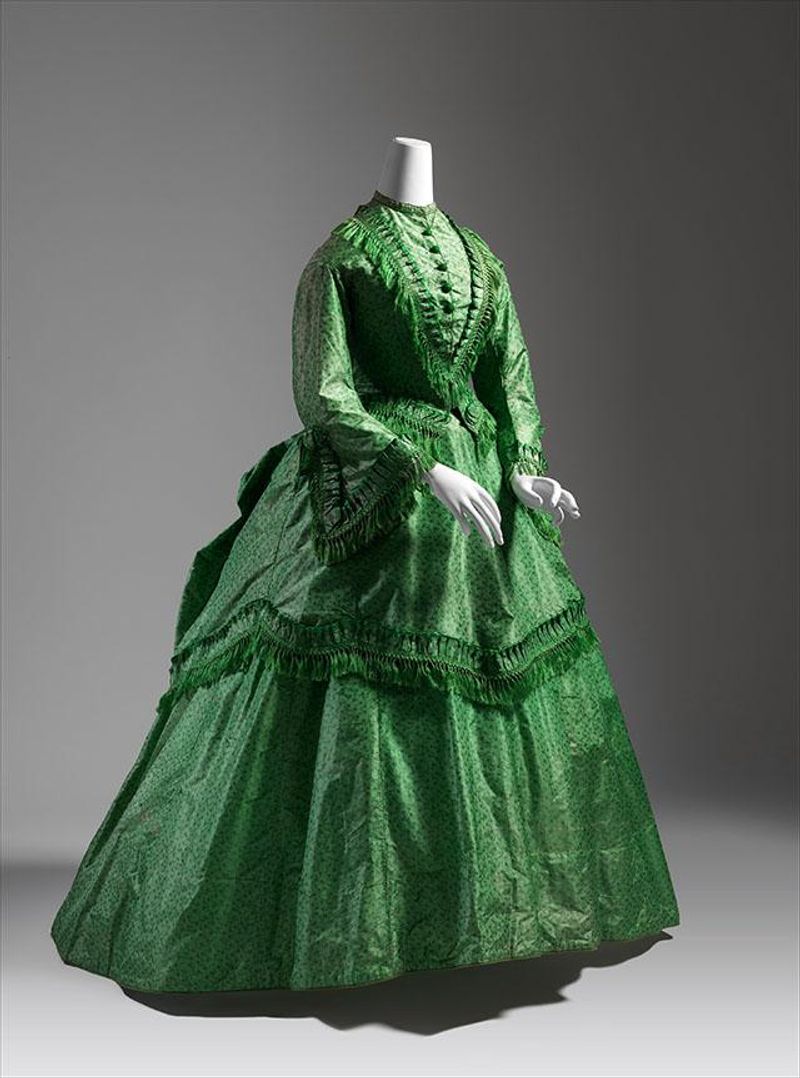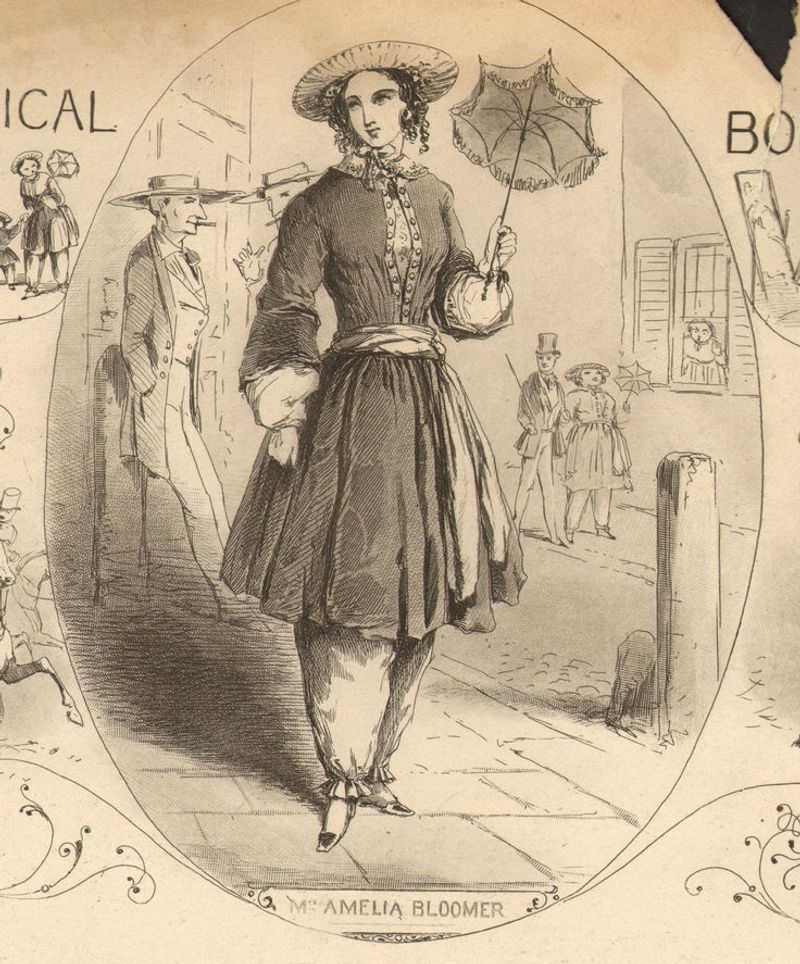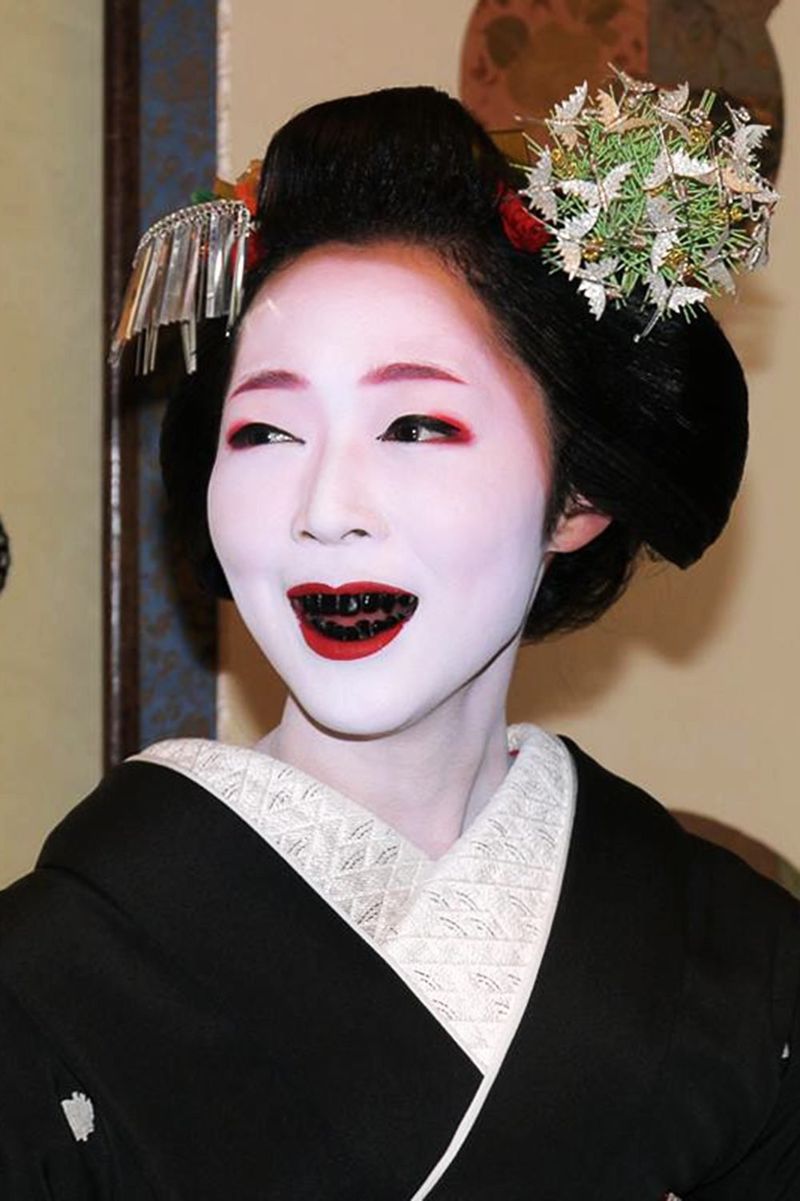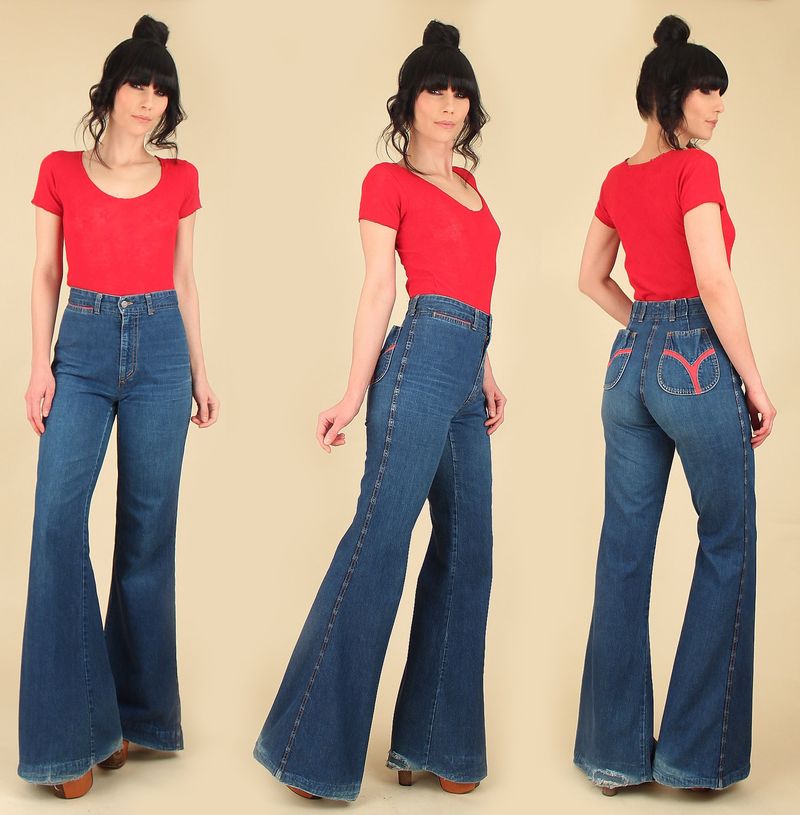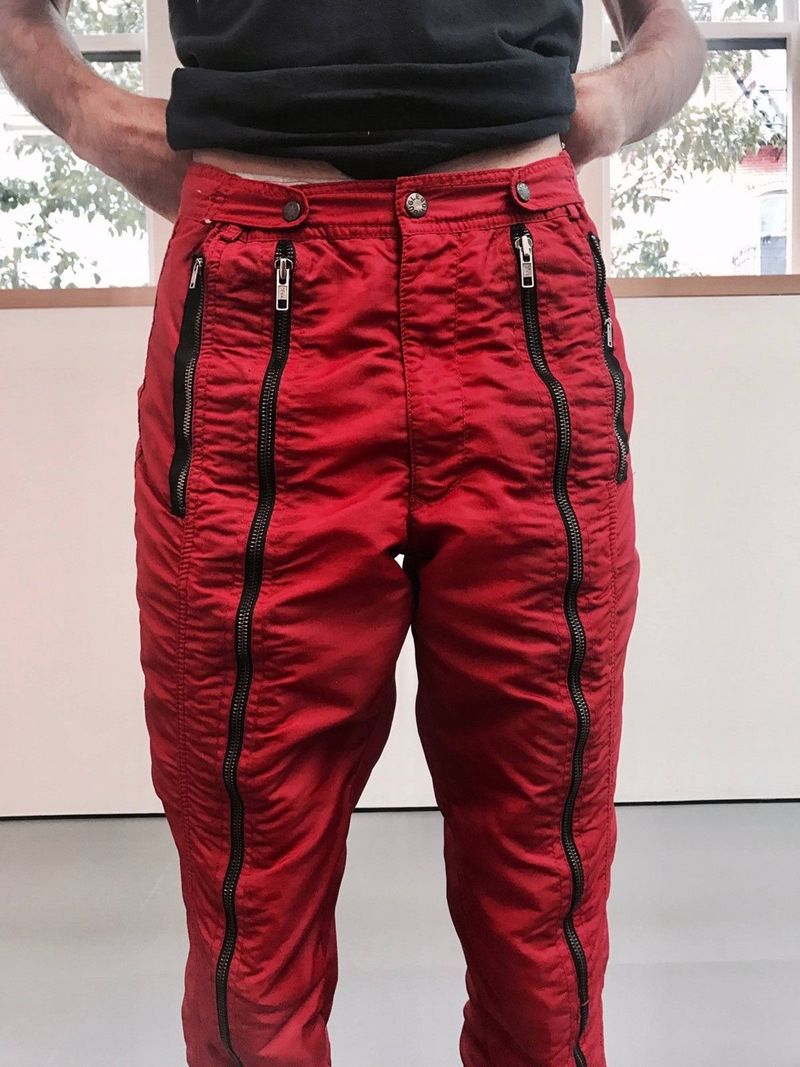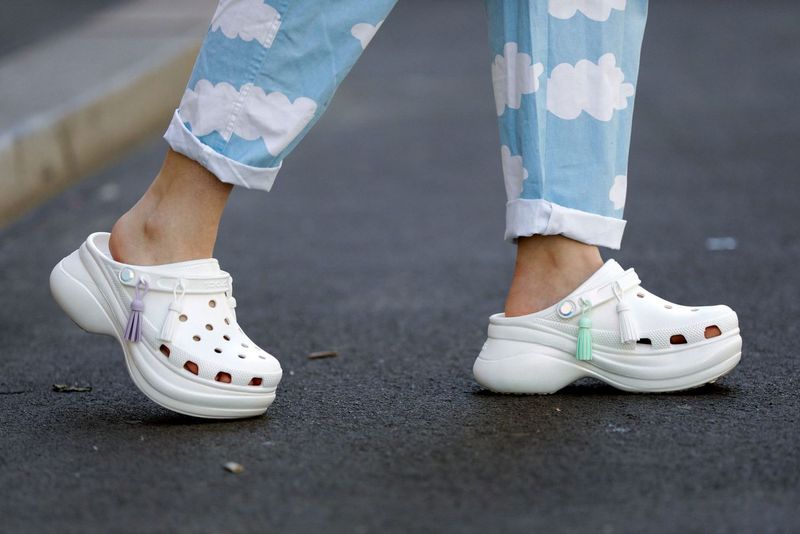Fashion has always been a way for people to express themselves, but sometimes trends go too far, leaving a mark in history as downright ridiculous. From dangerous practices to simply absurd attire, here are the 20 dumbest fashion trends that have ever graced humanity.
1. Powdered Wigs (18th Century)
In the 18th century, powdered wigs were not just a fashion statement; they were a status symbol. However, these wigs were often itchy and uncomfortable.
Many people ended up infested with lice as the wigs were rarely washed. Despite the discomfort, aristocrats persisted, eager to display their wealth and sophistication. This trend persisted for decades, cementing its place in history not for its style, but for its sheer absurdity.
Why endure such discomfort? The pursuit of status knows no bounds.
2. Foot Binding (Ancient China)
Foot binding might be one of history’s cruelest beauty standards. In ancient China, young girls underwent this painful process to achieve the desired ‘lotus foot.’ Their feet were tightly bound, breaking bones and causing lifelong disabilities.
The practice was a mark of beauty and status but came with severe consequences. Women with bound feet struggled with mobility throughout their lives. Despite the pain, the tradition endured for centuries as a symbol of femininity.
Foot binding is now viewed as a reminder of the lengths to which society can go in the name of beauty.
3. Crinolines (1850s-1860s)
Crinolines were the epitome of Victorian fashion, yet they were as impractical as they were fashionable. These massive hoop skirts expanded widely, making it nearly impossible to sit comfortably or walk through doors.
The skirts’ size posed serious safety hazards, especially in crowded places or during emergencies like fires. Despite these challenges, women wore crinolines to achieve the fashionable silhouette of the time.
This trend is a testament to fashion’s power over practicality, leaving many to wonder: is beauty worth the trouble?
4. Chopines (16th-17th Century Venice)
Chopines were not just shoes; they were a literal platform of social status. Originating in Venice, these towering shoes sometimes exceeded 20 inches in height, making walking a nearly Herculean task.
Women often required the support of servants or escorts to maintain balance. Despite the impracticality, chopines were all the rage, both as a fashion statement and a symbol of wealth.
Looking back, one must wonder about the lengths people went to in search of height and prestige. Fashion, it seems, often comes at a price.
5. Ruffle Collars (Elizabethan Era)
Ruffle collars, or ‘ruffs,’ were the Elizabethan era’s fashion marvel, albeit a bizarre one. These stiff, oversized collars were not just a statement but a status symbol. However, their impractical size required diners to use long spoons.
Despite their cumbersome nature, ruffle collars were a must-have for anyone claiming sophistication and grace. They were often made of intricate lace and required significant skill to craft.
The ruff is a reminder of how fashion can transform everyday activities into something extraordinary—or extraordinarily difficult.
6. Corsets (Victorian Era)
Corsets defined the Victorian silhouette, but at what cost? These tightly-laced garments cinched waists to an extreme, often leading to broken ribs and fainting spells.
Despite health risks, women endured the discomfort for the hourglass figure deemed desirable at the time. The corset was a symbol of femininity and societal expectations.
Reflecting on the corset craze, one sees how societal pressures can shape fashion norms, sometimes at the expense of personal well-being.
7. Macaroni Fashion (1770s England)
Macaroni fashion turned heads in 1770s England, but not always for the right reasons. This trend saw men donning ridiculously tall wigs and flamboyant attire, embodying excess.
The style was so extravagant it inspired the song ‘Yankee Doodle.’ Macaronis were often mocked, yet their style was a statement against traditional masculinity.
Reflecting on this period, one can’t help but appreciate the boldness, despite the absurdity. It was a time when fashion truly knew no bounds.
8. Hobble Skirts (1910s)
Hobble skirts, a fashion paradox of the 1910s, restricted movement rather than promoted it. These tight-fitting skirts forced women to take minuscule steps, making daily tasks a challenge.
Ironically, this restrictive garment symbolized modernity and progressiveness. Despite the obvious impracticality, many embraced the trend, eager to be seen as fashionable.
In retrospect, the hobble skirt embodies the tension between style and functionality, a theme persistent in fashion’s history.
9. Duckbill Shoes (16th Century Europe)
Duckbill shoes left a peculiar footprint in 16th century European fashion. Known for their comically long, pointed toes, some shoes even required tying to the wearer’s knees for support.
Their impractical design made walking challenging, yet they symbolized prosperity and whimsy. It was a time when shoe length was a testament to one’s social standing.
Duckbill shoes remind us of fashion’s playful, sometimes absurd nature, showing that creativity often trumps practicality.
10. Fake Eyebrows Made of Mouse Fur (18th Century)
Fake eyebrows made of mouse fur might be one of history’s strangest beauty trends. In the 18th century, some resorted to gluing these peculiar brows to their faces for a fuller look.
Though unusual, this trend speaks to the era’s beauty standards. The lengths to which people would go, even adopting such an odd approach, highlight society’s ever-evolving sense of aesthetics.
This eyebrow trend is a quirky reminder of fashion’s past eccentricities, demonstrating that beauty is truly in the eye of the beholder.
11. Codpieces (Renaissance Era)
Codpieces were more than just a protective garment; they became the Renaissance era’s boldest fashion statement. Initially, functional pieces soon morphed into exaggerated displays of masculinity.
These oversized crotch covers were a symbol of status and virility. While humorous in retrospect, they reveal the era’s fixation on male prowess and display.
The codpiece serves as a reminder of fashion’s power to convey social messages, often amplifying societal norms to the point of absurdity.
12. Arsenic Dresses (19th Century)
Arsenic dresses, the deadly fashion of the 19th century, captivated with their vibrant green hue. Unbeknownst to many, the beauty came with a lethal cost, as the dye contained arsenic.
Women wearing these garments risked illness and even death. Despite the danger, the allure of the color kept this trend alive for some time.
This toxic fashion statement is a sobering reminder of how aesthetics can sometimes overshadow health concerns in the name of beauty.
13. Bloomers (1850s)
Bloomers ushered in a wave of practical fashion during the 1850s. These puffy pants worn under shorter skirts challenged societal norms and were a symbol of early feminism.
Despite the functionality, women faced ridicule for adopting ‘men’s clothing.’ The bloomer controversy highlighted the tension between practicality and tradition.
Today, bloomers are celebrated for their role in advancing women’s liberation in fashion, proving that change, while mocked, can pave the way for progress.
14. Blackened Teeth (Medieval Japan)
In medieval Japan, blackened teeth were a mark of beauty and adulthood for married women. Known as ‘ohaguro,’ this practice involved staining teeth black, a symbol of maturity and attractiveness.
While jarring by today’s standards, it reflected deeply rooted cultural beliefs. The tradition persisted for centuries, testament to the power of cultural norms.
Ohaguro serves as a fascinating glimpse into how beauty standards can vary drastically across cultures and eras, challenging our own perceptions of attractiveness.
15. Panniers (1700s France)
Panniers in the 1700s France were the ultimate in extravagant fashion. These wide skirts extended sideways, making doors and close quarters a challenge.
Despite the inconvenience, panniers were a hallmark of opulence and status. They transformed the silhouette, embodying the lavish excesses of the French aristocracy.
Reflecting on panniers, one sees how fashion can shape—and sometimes hinder—our daily lives, leaving a lasting impression on history.
16. Bell-Bottom Jeans (1970s)
Bell-bottom jeans defined the 1970s fashion scene with their dramatically flared legs. Inspired by naval uniforms, they became a staple of disco culture and counterculture movements.
While stylish, their design was far from practical. Tripping hazards and soaked hems in the rain were common issues faced by wearers.
These jeans are a nostalgic reminder of a decade defined by bold expression, where fashion embraced both individuality and impracticality.
17. Mullets (1980s-90s)
The mullet, a hairstyle defined by its ‘business in the front, party in the back’ look, reigned supreme in the 1980s and 90s. Loved by many, it became a cultural icon of the era.
Despite its divisive nature, the mullet was embraced by various subcultures, symbolizing rebellion and nonconformity.
Today, the mullet is both mocked and celebrated, a testament to fashion’s cyclical nature and the power of personal style.
18. Parachute Pants (1980s)
Parachute pants were the epitome of 1980s street fashion, popularized by breakdancers. Known for their baggy fit and numerous zippers, they were both a statement and a practical choice for dance moves.
However, the swishy fabric and cumbersome design posed challenges, particularly when trying to remove them in a hurry.
Parachute pants reflect a time when fashion was as much about self-expression as it was about functionality, embodying the spirit of a vibrant decade.
19. Juicy Couture Velour Tracksuits (2000s)
Juicy Couture velour tracksuits took the 2000s by storm, blurring the line between loungewear and public fashion. Popular among celebrities, these bedazzled suits were both a status symbol and an everyday outfit.
Despite their comfort, the tracksuits were often criticized for their pajama-like appearance, challenging conventional fashion norms.
Today, they evoke nostalgia and a time when comfort took center stage in the fashion world, demonstrating the ever-shifting landscape of style.
20. Crocs (2000s-Present)
Crocs, love them or hate them, have become a staple of casual footwear since the 2000s. Known for their comfortable yet unconventional design, these rubber clogs are as polarizing as they are popular.
The shoes, with their distinctive holes and bright colors, often divide opinions. Yet, they’ve gained a loyal following for their practicality and ease.
Crocs remind us that comfort can sometimes triumph over traditional style, proving that fashion is ultimately a personal journey.
